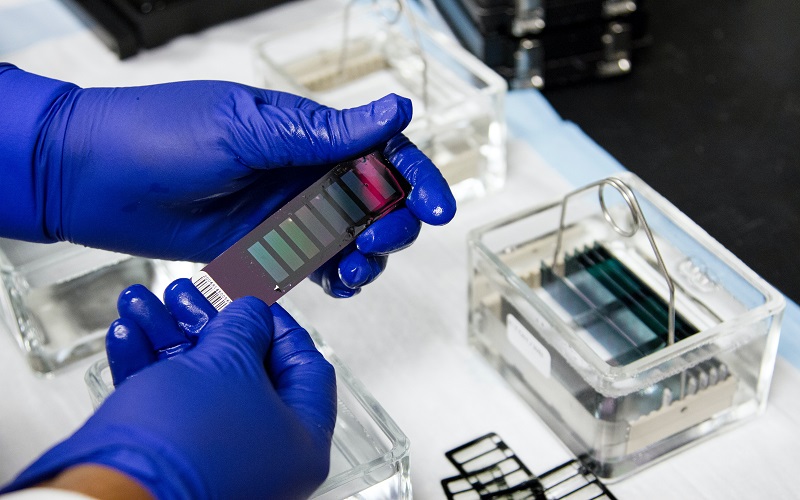Introduction
Proteins are the workhorses of the cell, carrying out a multitude of functions essential for life. One such protein is FN1, also known as Fibronectin. FN1 is a large glycoprotein that plays a crucial role in cell adhesion, migration, and tissue development. In this blog post, we will delve into the fascinating world of FN1 protein, exploring its structure, functions, and its significance in human health and disease.
What is FN1?
FN1 is a key component of the extracellular matrix (ECM), a complex network of proteins and carbohydrates that provides structural support to cells and tissues. It is produced by various cell types, including fibroblasts, endothelial cells, and epithelial cells. FN1 is composed of multiple repeating units called domains, which are responsible for its diverse functions.
What is the structure of FN1?
The structure of FN1 protein consists of three major regions: the N-terminal domain, the central cell-binding domain, and the C-terminal domain. The N-terminal domain contains binding sites for other ECM proteins, such as collagen and heparin. The central cell-binding domain interacts with cell surface receptors, including integrins, which are crucial for cell adhesion and migration. The C-terminal domain plays a role in FN1 polymerization and assembly into fibrils.
What are the functions of FN1?
One of the primary functions of FN1 is to mediate cell adhesion. Cells interact with FN1 through integrin receptors, which bind to specific amino acid sequences in the central cell-binding domain of FN1. This interaction allows cells to attach to the ECM and establish stable contacts with their surroundings. Cell adhesion is essential for various biological processes, including embryonic development, wound healing, and tissue regeneration.
In addition to cell adhesion, FN1 is involved in cell migration. During tissue development and repair, cells need to move and reposition themselves within the ECM. FN1 provides a scaffold for cell migration, guiding cells along its fibrillar network. The interaction between FN1 and integrins triggers signaling pathways that regulate cytoskeletal rearrangements, enabling cells to move in a coordinated manner.
Furthermore, FN1 plays a crucial role in tissue development and remodeling. It is involved in processes such as embryogenesis, angiogenesis, and tissue repair. FN1 provides structural support to developing tissues and promotes cell differentiation and tissue organization. It also regulates the activity of growth factors and cytokines, which are essential for tissue development and homeostasis.
The significance of FN1 in human health and disease is underscored by its involvement in various pathological conditions. Dysregulation of FN1 expression and function has been implicated in cancer, fibrosis, and cardiovascular diseases. In cancer, FN1 promotes tumor growth and metastasis by enhancing cell adhesion, migration, and invasion. It also plays a role in the formation of a tumor-supportive microenvironment, facilitating the recruitment of immune cells and the establishment of blood vessels.
In fibrosis, excessive deposition of FN1 in the ECM leads to tissue scarring and organ dysfunction. FN1 promotes the activation of fibroblasts, which are responsible for ECM production, leading to the accumulation of fibrotic tissue. Targeting FN1 and its interactions with other ECM components may offer potential therapeutic strategies for the treatment of fibrotic diseases.
Moreover, FN1 has been implicated in cardiovascular diseases, such as atherosclerosis and myocardial infarction. FN1 deposition in the arterial wall contributes to the formation of atherosclerotic plaques, leading to vessel narrowing and reduced blood flow. Understanding the mechanisms underlying FN1-mediated vascular remodeling may provide insights into the development of novel therapies for cardiovascular diseases.
In conclusion, FN1 protein is a versatile player in cellular function, mediating cell adhesion, migration, and tissue development. Its interactions with other ECM components and cell surface receptors regulate various biological processes essential for life. Dysregulation of FN1 has been implicated in several diseases, highlighting its potential as a therapeutic target. Further research into the mechanisms underlying FN1’s functions and its role in disease pathogenesis will undoubtedly deepen our understanding of its significance in human health and pave the way for novel therapeutic interventions.





